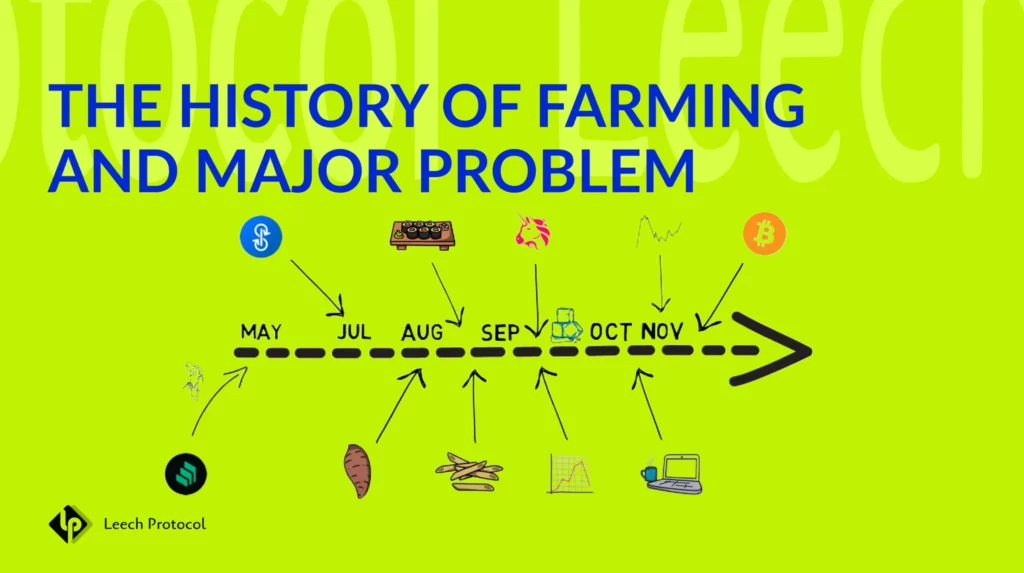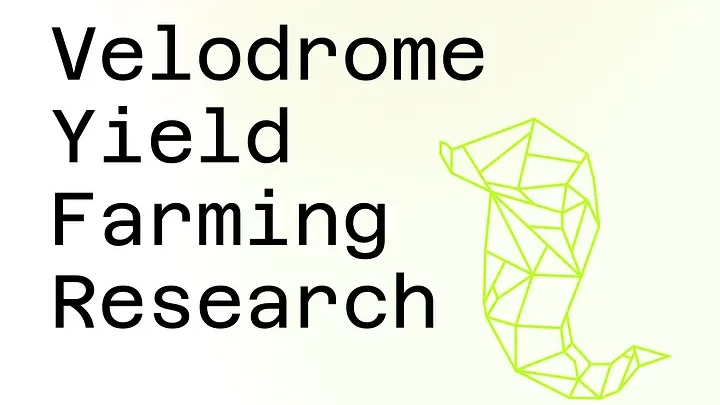Home | News & Insights Ways To Earn In DeFi The main difference between DeFi (decentralized finance) and traditional finance is that DeFi provides trustless interaction between subjects. The role of an intermediary is played by a smart contract. This is the main difference that makes all the ways of earning in DeFi possible, which we will talk about below. Today we will consider various ways of earning. The categorization is tentative, but we hope it makes it easier to understand DeFi’s capabilities. Some earning techniques may be repeated, but the mechanics will vary depending on the site/application. It is essential for us to understand the DeFi applications we are using, as different protocols earn money and allow us to profit in different ways. Let’s dive in. DEXs Decentralized exchanges (DEXs) are protocols that allow us to exchange one token for another. Trading on centralized exchanges is implemented through an order book. It correlates counter bids to buy and sell an asset. This is a good technology, but it requires a lot of resources. Making a fast, efficient, decentralized order book on a blockchain is difficult. So to solve the problem of exchanges in DeFi, another solution was found — Liquidity Pools and Automatic Market Maker algorithms (AMMs)¹. Liquidity Pools are liquidity buffers for making exchanges (there are many different types of liquidity pools, but the easiest to understand are pools containing two assets), and AMM is the name of the algorithm that defines the price of assets (without an order book or intermediaries). Now, let’s see how you can earn with these liquidity pools. Providing Liquidity On DEXs In order to make an exchange through a liquidity pool, there must be sufficient liquidity. In DeFi, any user can become a liquidity provider by adding his tokens to the pool and getting LP tokens in return, which will represent his share of the pool’s total liquidity. Let’s take the ETH/USDT pair as an example. The liquidity provider (which could be you) brings $1,000 to the pool. To put that into the pool, you would need $500 worth of ETH and $500 worth of USDT. If the current price of ETH is $1,250, that would be 0.4 ETH and 500 USDT. In this situation the liquidity provider creates a liquid pool of assets so that anyone can come and trade ETH for USDT or vice versa. In exchange for using this liquidity to trade, the trader pays a small fee (0.5% in our case) to the liquidity pool, which is distributed pro rata between everyone providing liquidity to that pool. A list of Liquidity Pools at uniswap.org. Next to the name, you can see the trading fee of that pool displayed as a %, as well as the TVL or Total Value Locked (how much liquidity is in the pool), and the trading volume over the last 24 hours, and 7 days. Providing liquidity is the most basic way of earning on DEXs (keep in mind that some portion of the trading fees goes to the protocol itself). It is worth noting that Liquidity Providers are subject to a specific risk, called Impermanent Loss². When assets inside the pool are volatile in relation to each other, liquidity flows in favor of the cheaper asset. This is a controversial term, but before providing liquidity, you should definitely learn more about Impermanent loss. Here are three main factors to consider when deciding whether to provide liquidity to a pool: Farming on DEXs Any new DEX protocol faces the problem of low liquidity and trading volumes. Exchanges with very low liquidity struggle to attract trading volume for many reasons. In order to attract liquidity providers to the DEX, protocols launch liquidity mining programs, which usually involve issuing the protocol’s own token. This strategy tends to work well, as it usually results in liquidity pools that can supposedly provide astronomical reward rates, such as 100,000% APR. This is effectively a marketing campaign, where the protocol dilutes itself in order to encourage liquidity providers to bring liquidity to the DEX. The liquidity providers then earn from trading fees and the liquidity mining program incentives. This method of earning is generally referred to as farming. The main problem with farming is that the price of the rewarded token usually plummets. Almost every DEX token has a steep downward price graph, since the token has no significant value other than being sold. As a result, the real APR tends to be quite low, even if the website shows a high APR. As an example, let’s look at the new DEX camelot.exchange, where yields are calculated primarily by GRAIL/xGRAIL tokens at the current price. The xGRAIL token has a minimum lock-in period of 15 days, and it has fallen in price from $250 to $210 in recent days. The real APR here will be much less than what is shown in the interface. But even considering this, the protocol can for some time give returns higher than the average of their competitors. Yield Farming aggregators, such as Leech Protocol, help users farm more efficiently. Farming is usually short-term and situational, and involves more risk, whereas income from trading fees is easier to predict and associated with the medium to long term. Lending Lending protocols open up the next layer of profitability in DeFi. These protocols offer you the ability to borrow various tokens against the collateral of other tokens, sometimes even NFTs. Here are the main things to know about borrowing from lending protocols: A model of the interactions with a Lending protocol. Providing Liquidity On Lending Protocols This is the most obvious way to make money from lending protocols. You can earn just by depositing an asset and not borrowing anything. Here, unlike liquidity pools, you only have to provide one asset to the protocol, and when that asset is borrowed, the protocol will share the loan’s interest payment with you. You may also be able to find liquidity mining programs on lending protocols, which provide additional rewards to both depositors



